Housing Market Split: What's Driving It and What It Means for Buyers and Sellers

Why do our local housing markets often seem different from what we read about online? It's because the US housing market is currently split in two, or bifurcated. This means that different parts of the country are experiencing very different conditions.
What's that all about? Here's the breakdown.
What is a bifurcated market?
A bifurcated real estate market is split into two distinct segments, each with its unique pricing, supply and demand, and activity. One segment may be experiencing rapid price growth and high demand, while the other may be slower, with more stable or even declining prices.
How did we get here?
Starting in 2020, home prices across the country began rising faster than they did during the 2005-2007 housing bubble. This was partly because record-low interest rates made mortgages more affordable everywhere. However, the home price surge was not evenly distributed across the nation. In some markets, such as Raleigh, Las Vegas, and Austin, home values spiked over 30%. In others, such as parts of New York and the Midwest, prices rose modestly or not at all.
The rapid increase in demand is why some housing markets have grown faster than others. Many people bought new homes during COVID-19 to meet their changing needs, lock in an ultra-low interest rate, and most importantly, relocate. Many people took advantage of remote work to move from expensive areas to more affordable cities, while others moved for new jobs or to be closer to family. This exodus from expensive urban centers caused demand and prices to surge in places that were once considered affordable.
The battle between mortgage rates and inflation
In 2022, inflation soared to a 40-year high of over 9%. To combat inflation and prevent a recession, the Federal Reserve raised interest rates, which caused mortgage rates to rise from 2.65% in January 2021 to over 7%. High prices and interest rates have made homeownership unaffordable for many.
Logically, high rates and high prices should reduce demand and cause home prices to fall. But that's not always the case. This is where the market starts to split.
The question of supply and demand
Home prices typically fall when demand drops, but supply also plays a role. While demand is falling in many markets, inventory is also shrinking because homeowners with mortgage rates between 2% and 3% are reluctant to sell. In regions where the drop in demand is matched by a reduction in supply, prices may stabilize or even continue to grow. However, in regions where demand drops but supply remains the same, prices are likely to fall.
Home price drops are mostly happening in markets that experienced extreme growth from 2020 to 2022. Markets that were more stable during the pandemic are also more stable now, with steady prices and modest growth.
What's next?
Housing experts predict that the market will continue to correct itself, but a major crash is unlikely.
Different regions will recover from the current housing market correction at different paces. This is because there are always differences between regions, even when the national market is more stable. The average purchase price, the amount of time a home spends on the market, the number of homes available, and other important stats vary depending on the region, as well as whether the market is urban, suburban, or rural.
Contact your expert real estate agent for the most up-to-date information on your local market.
Categories
Recent Posts
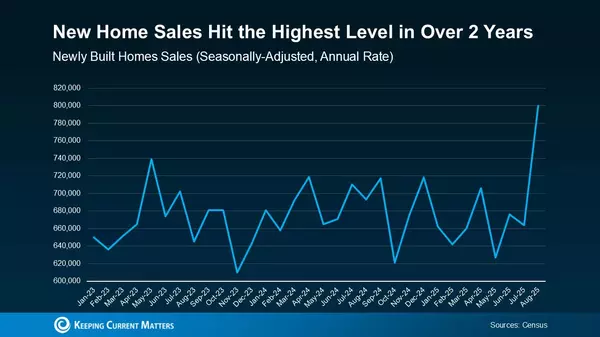
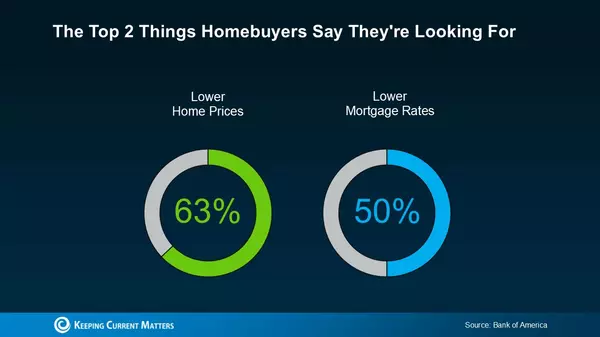
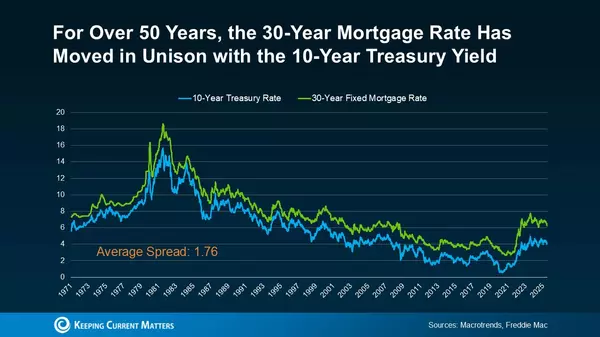
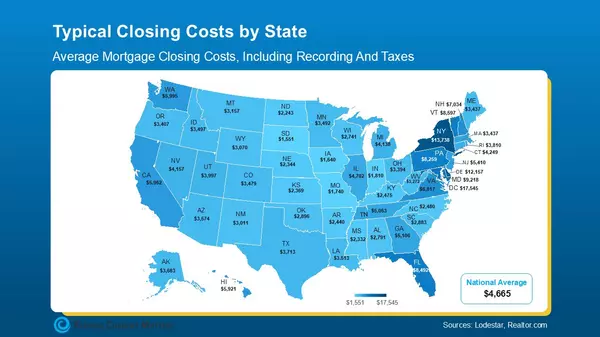
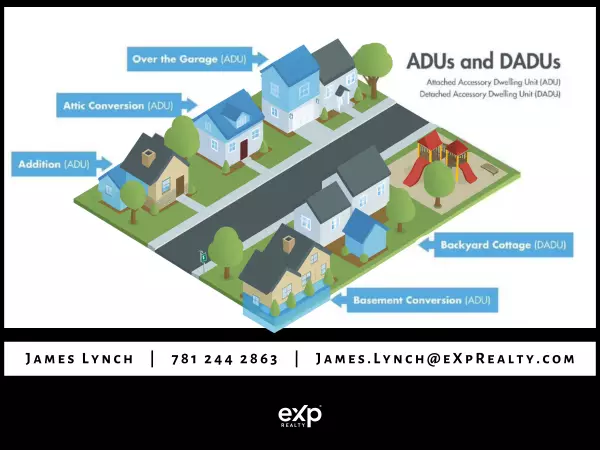

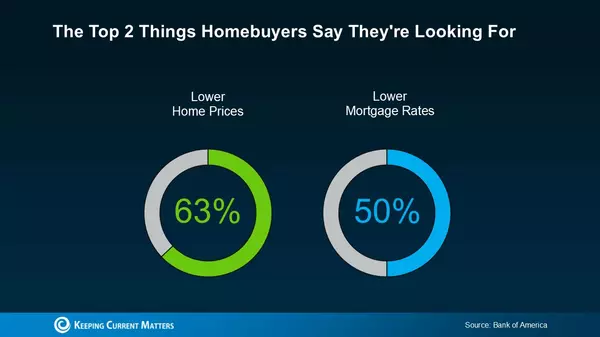
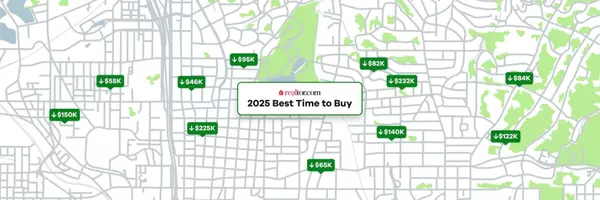
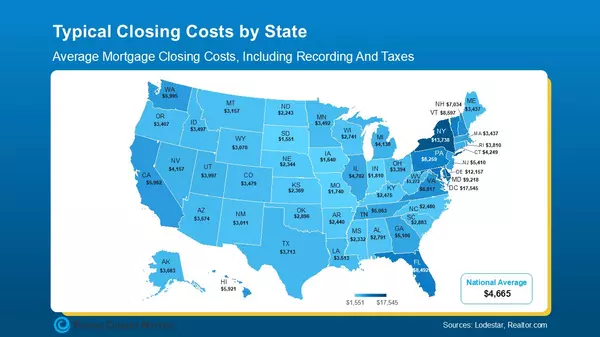
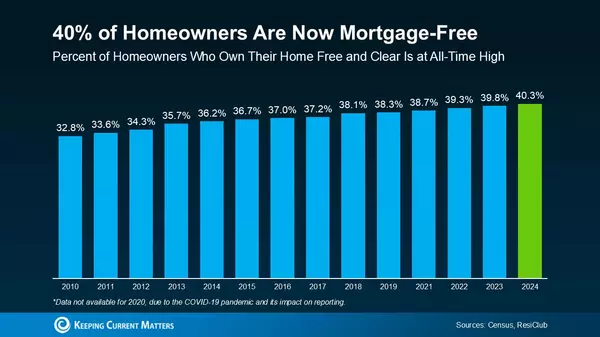
GET MORE INFORMATION


